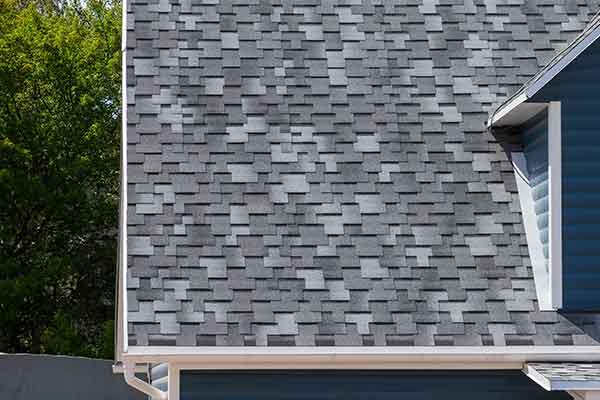Quality matters when hiring for a big project. Call a Best Pick now!
If you have ever walked into a room and witnessed water dripping from the ceiling or noticed a brown stain slowly creeping down one wall, you probably understand the dread that situation can bring.
If you encounter one of these, you might find yourself asking one of these questions:
- What does it mean?
- Is it a leaky faucet, or has the roof failed?
- What do I do if the roof fails?
The best way to answer these questions and keep your mind at ease is to be prepared. Knowing when to replace your roof or whether a simple, DIY repair job will do the trick can make all the difference in the world if your roof starts to fail during the rainy season.
Below is a quick guide to assessing your roof’s needs, how to fix them, and when to pass the task on to a professional.
Check for Roof Damage
Ideally, you should perform a complete interior and exterior roof check twice a year, preferably in the spring and fall. This allows you ample time to repair any damage that could worsen during storms or during the hot summer or cold winter months. If you pay close attention, you should be able to tell when something is wrong.
Interior inspection
Begin your interior inspection by locating and closely examining the highest ceilings in your home. This may be part of an attic or crawl space, so be prepared to get dirty. Using a flashlight, look for signs of persistent water leakage and structural damage. Signs to look for include:
- Discoloration
- Moisture on the walls, ceiling, or insulation
- Sagging roof deck
- Light through the roof
Exterior inspection
When you complete the interior inspection, move outside and examine the gutters and shingles for wear. Torn, cracked, curling, or balding shingles indicate that your roof may require replacement.
If you notice loose material around the pipes, vents, and chimney, the fittings might need a simple repair, and could cause significant damage if left alone. Walk along the roof to determine if there are soft spots, mold, or rot issues in the deck.
Repair Small Problems
 You may be able to tackle some of the most common roof repair problems on your own.
You may be able to tackle some of the most common roof repair problems on your own.
Even though the damage might seem severe, some roof leaks can be caused by just a tiny hole in the flashing, or a single missing or torn shingle.
If you are sure you have located the problem spot, you can apply these simple fixes.
Flashing patch
Apply roofing cement and aluminum flashing to the area. The flashing should be about one inch smaller and four inches longer than the ripped or damaged tab. Loosen the damaged tab and the neighboring tabs with a flat pry bar and apply three thick dabs of cement to the undersurface of the shingle. Then simply slip the flashing under the tab, seal it with roofing cement on top, and apply pressure.
Shingle replacement
Remove the old shingle and scrape the area to get rid of any roofing cement. Round the back corners of the new shingle with a utility knife and slide it in where the old shingle was. Drive galvanized roofing nails into the upper corners of the shingle and cover the heads with roofing cement.
Repair flashing
Remove any dust, debris, or old mortar from the joint. With the end of a screwdriver, push flashing clips into place within the joint, then seal the flashing with lead sealant by running a continuous bead along the joint.
Know Your Limits
 The roof is arguably the most important structure in your home. It is vital that you know when you can make a simple repair and when it is time to call in the big guns.
The roof is arguably the most important structure in your home. It is vital that you know when you can make a simple repair and when it is time to call in the big guns.
Even though it may seem like you’re saving yourself money, if you attempt to repair shingles on an old, worn-out roof, you’ll cost yourself in the long run.
A roof leak repair cost may be minimal when done correctly, but as the roof fails around the patch, replacement will become more and more urgent. Additionally, partial roofing jobs often cost more per square area than a new roof.
Cost and efficiency are the two most important factors to consider.
If the damage is small and affects only a few shingles, a repair job may be a good option (and if you don’t feel like doing it yourself, there are some roof repairs that skilled handymen can easily complete on their own).
However, if your roof is nearing the end of its lifetime or needs a larger repair, a full replacement or big fix by a professional roofer is the way to go.


























